|
The effects of repeated exposure to anthropogenic sources, such as Navy Mid-Frequency Active (MFA) sonar, need to be measured across both short-term and long-term spectra. To evaluate potential impacts of these sources on a routinely exposed population of whales, a parallel study of a nearby population where they are not used should be conducted to provide a baseline of unexposed behavior and population health. In October, we headed South of the Border to begin a collaborative study looking at the demographics and dive behaviors of Cuvier’s beaked whales at Guadalupe Island, Mexico. The purpose of this project is to better understand the impacts of sonar use on the whales at the Navy range off San Clemente Island, CA by studying animals at a comparative site, Guadalupe Island, that have little to no exposure. We are working with Gustavo Cárdenas-Hinojosa and Dr. Lorenzo Rojas Bracho from the Comisión Nacional para el Conocimiento y Uso de la Biodiversidad (CONABIO). Guadalupe Island is located 150 miles off the west coast of Mexico’s Baja California peninsula. It measures 22 miles long and 6 miles wide with the highest peak, Monte Agusta, rising to 4,259 ft. It is a volcanic island consisting of two shield volcanos (named for its low profile resembling a warrior’s shield) with captivating colors and mesmerizing geological patterns that reveal its formation to the trained eye. Greg’s geology skills came in very handy! It’s desert-like appearance today is a stark contrast to its forested history, before lumber became a hot commodity. Hunters nearly wiped out both the endemic Guadalupe fur seal and the northern elephant seal populations that bred there. Goats replaced wild species which severely impacted the survival of both flora and fauna. Today, thanks to protection from the Mexican government, both seal species are thriving on the island. There are several endemic bird species including the Townsend’s and Ainley’s storm petrels that nest on a few islets on the southern end of the island. Guadalupe Island is one of the top five places in the world to see great white sharks. The water is crystal clear with visibility upwards of 100-150 feet. Research indicates that this is a mating ground, and with seals providing a plentiful food source, it is definitely sharky waters. It’s not recommended to go frolicking carefree in the water to cool off. We were lucky to have a few beautiful, curious individuals check us out. A close encounter with a great white shark. Video: Christian Torres The island and the surrounding waters were designated as a biosphere reserve in 2005. For the most part, it is wild and uninhabited except for a fishing community of approximately 200 individuals (abalone and lobster) that live on the island for 10 months out of the year at Campo Oeste. It wasn’t until recent years that Cuvier’s beaked whales were recognized as another regular species inhabiting the waters around Guadalupe Island. When several underwater videos documented them nearly a decade ago, researchers including Gustavo Cárdenas-Hinojosa decided to conduct a survey to see how many animals were in the area. Fast forward 8-years and their efforts have demonstrated the presence of Cuvier’s beaked whales within close proximity to Guadalupe Island during multiple seasons, with some individuals spotted numerous times suggesting site-fidelity. Currently, there are 82 individuals in the catalog with new individuals added every trip. This is where MarEcoTel enters the picture. When assessing the nature and degree of anthropogenic impacts on a population, a key question is “compared to what?” This is particularly difficult to evaluate when no data exist for the population of interest prior to the introduction of the activity. Such is the case with Cuvier's beaked whales that live in and near the Southern California Anti-Submarine Warfare Range (SOAR), where they are frequently exposed to Mid-Frequency Active (MFA) sonar during routine military training exercises- the likes of which have been associated with mass strandings of this species elsewhere in the world. While there is a growing body of behavioral and demographic data on the SOAR population, there is little or no data from an ecologically-similar population of this species that is not regularly exposed to MFA sonar to which these data can be compared. Such an approach is proving highly valuable for evaluating impacts to Blainville's beaked whales at a training range in the Bahamas, led by researcher Diane Claridge with the Bahamas Marine Mammal Research Organization. In October, we conducted our first joint field effort with Gustavo and his team to determine whether Guadalupe Island might serve as a comparative study site for SOAR. Our goals for this project are to:
In the late afternoon, Brenda spotted several blows close to shore. She remembers asking just how close to shore do they see Cuvier’s. “Very close.” was the reply. She said, “Well, these look like they are on the beach!” Sure enough, we had a group of seven and away we went on the panga. Three sightings (10 individuals), day one; and if you think that sounds amazing, the following day, which was our first full day of effort, we had 11 sightings (34 individuals). This trip was filled with wondrous examples like this. There was that one late evening, while sitting on anchor, when we could hear the exhalations of a group passing close by us, or that casual first sighting of the day while having early morning coffee on the back deck without even trying to look for animals. Compared to our California work where our average survey day is 100 nm of dedicated survey effort, and we often do not encounter beaked whales, this is definitely paradise. We were very fortunate to have those first few days of calm weather. It shows just what can be accomplished when the weather cooperates. Unfortunately, we were fighting the effects of hurricane Sergio, and towards the end of our survey the winds wrapped around the island and we had lost our lee. Despite this, we accomplished quite a bit. We documented 38 sightings (101 individuals) (Figure 1), deployed 4 satellite tags, collected two biopsy samples, one eDNA sample, one squid sample, and deployed 2 C-PODs (passive acoustic recorders). The only additional cetacean species we documented were bottlenose dolphins (Figure 1). What was astonishing was that we had more Cuvier’s than bottlenose dolphins! To put the number of Cuvier’s sightings into perspective, at SOAR, our average encounter rate is one sighting for every 18 hours of search effort. Needless to say, we are thrilled to have this opportunity to conduct research in such a special and extraordinary place. The four satellite tags were deployed on four different individuals with transmission durations ranging from 18 to 26 days; they collected 1,256 hours of diving behavior from three of the four tagged whales. The basic pattern observed from Cuvier’s beaked whales in other regions was apparent, with deep, presumed foraging dives generally separated by a series of shallow dives. The individual median deep dive durations ranged from 56.6 – 74.0 min (max = 149.2 min). Individual median deep dive depths ranged from 991.5-1135.5 m (max = 2799.5 m). The median Inter-Deep Dive Interval ranged from 101.9 – 160.1 min; the longest time between presumed foraging dives was 485 min (8.1 hrs). Deployment of a location and dive behavior LIMPET satellite tag. Video: Veronica Morales Photographic matching identified 27 unique individuals. Individuals identified were matched back to an existing photo-ID catalog from Guadalupe Island, which includes 82 individuals from previous efforts and opportunistic photographs. Recaptures of individual whales span up to 11 years, with some individuals having been resighted 19 times, suggesting a high degree of site-fidelity. A comparison of whales identified at Guadalupe Island to those photographed in and around SOAR has not documented any individual movements between study areas to date. Our next field effort off Guadalupe Island will take place in May 2019. We are looking forward to working with our colleagues, friends, collaborators, and the crew from the M/V Storm again! We would like to thank our funder, the Office of Naval Research.  We are very grateful for this fantastic and talented group of lovely souls. We are missing some very important persons from this picture, the hardworking crew of the Storm. This trip would not have been a success without their hard work, fantastic food, and expertise. We look forward to reuniting with everyone soon! Front and Photographer: Christian Torres; Second Row: Greg Schorr, Anaid Urban, Brenda Rone; Third Row: Jenny Trickey, Veronica Morales; Fourth Row: Gustavo Cárdenas-Hinojosa, Andrea Bonilla; Boat Driver: Martín Rodriguez
3 Comments
10/9/2019 17:57:11
Mexico is definitely a great travel destination. If you are looking for a place to just unwind, then Mexico is the place for you. There are a lot of people who will not agree with this, but trust me, it is the truth. I know a lot of people who have spent their honeymoons there. Well, if you have plenty of budget, then maybe you can go elsewhere, but Mexico is still a must-see place, that is for sure.
Reply
7/22/2024 01:44:03
I want to say thanks for beautiful blog sharing with us. Your blog really great resource to update my knowledge.
Reply
Leave a Reply. |
AuthorClick here to learn about our research staff. Archives
August 2022
Categories |
Proudly powered by Weebly




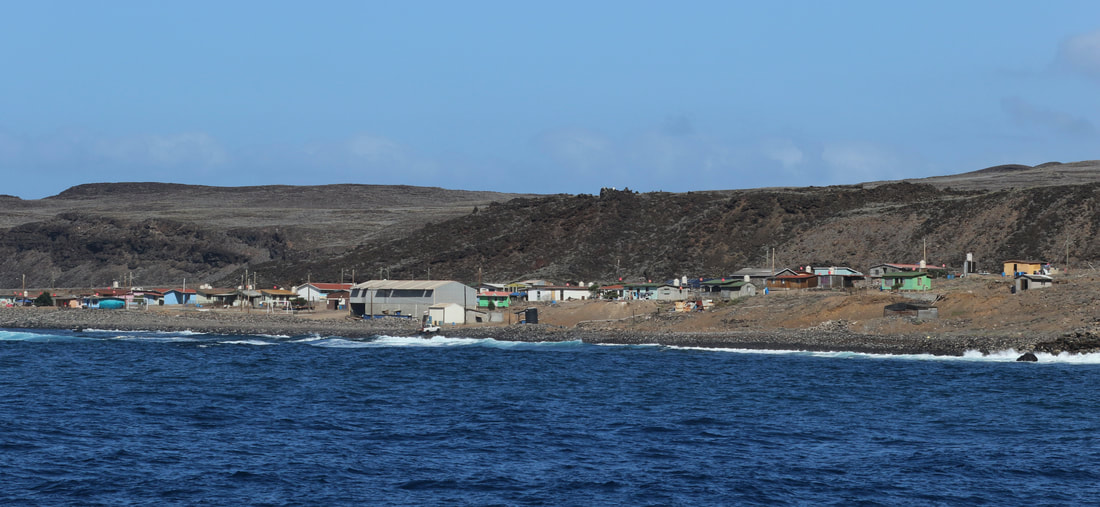
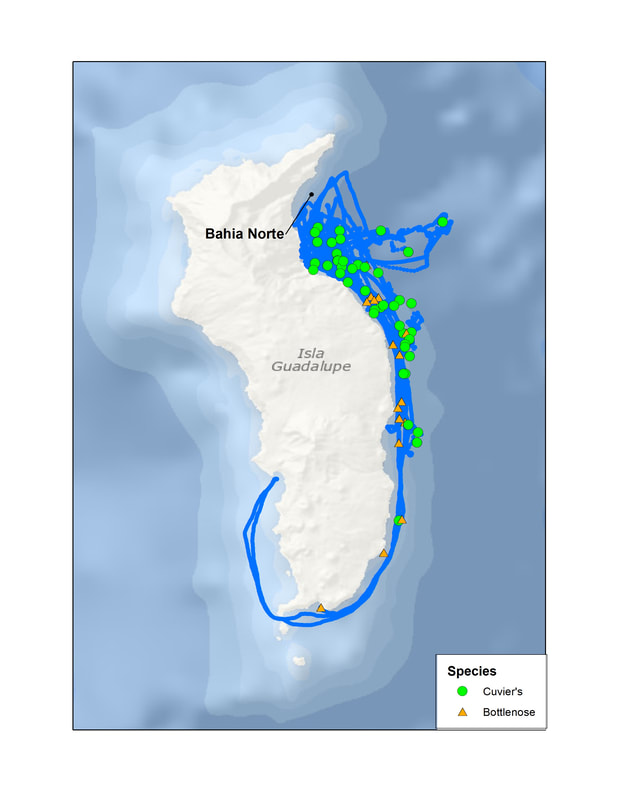
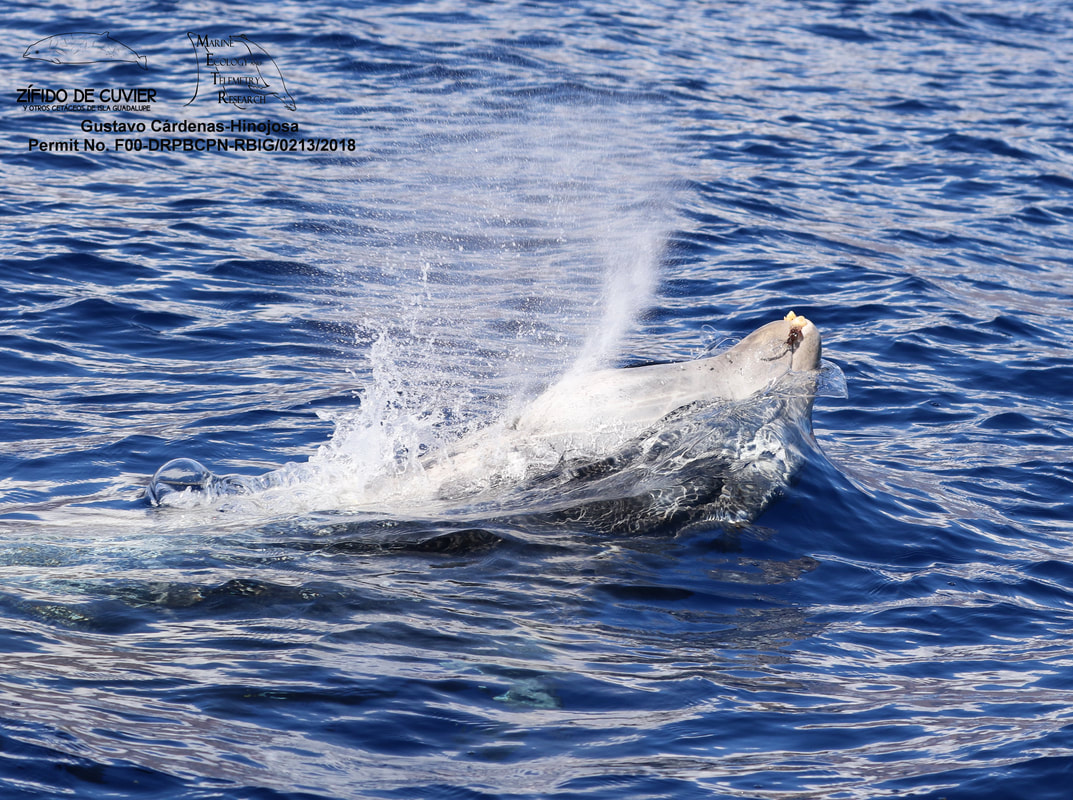



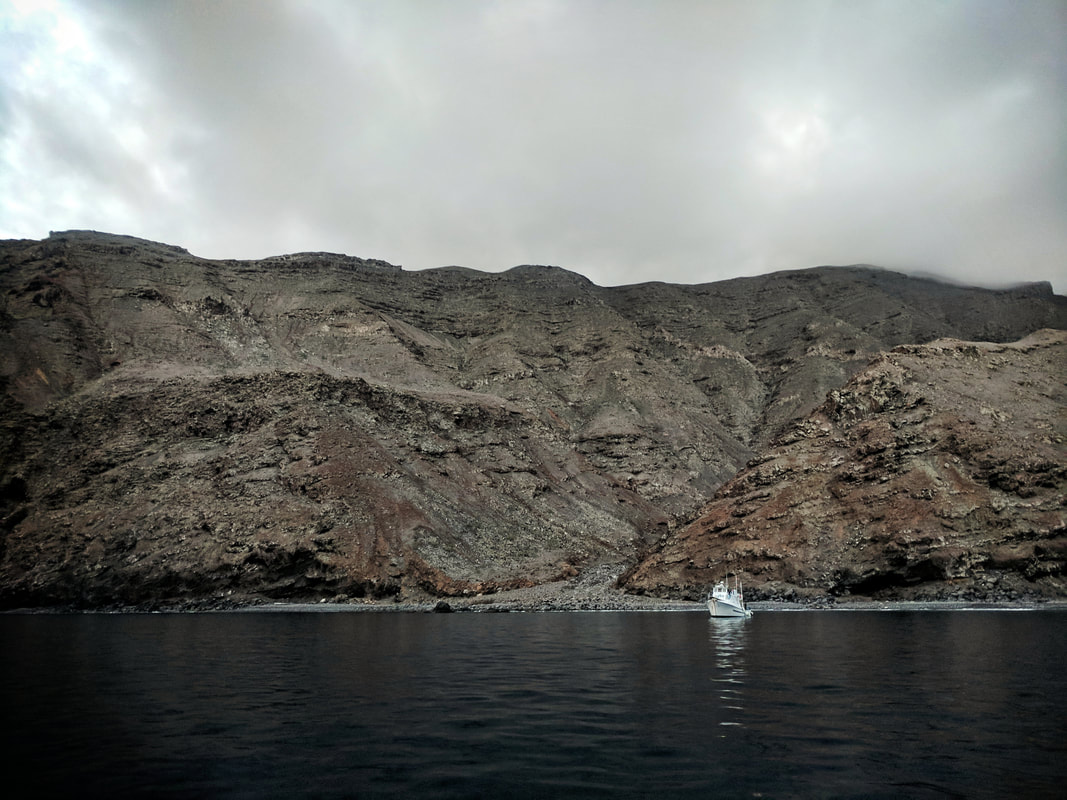
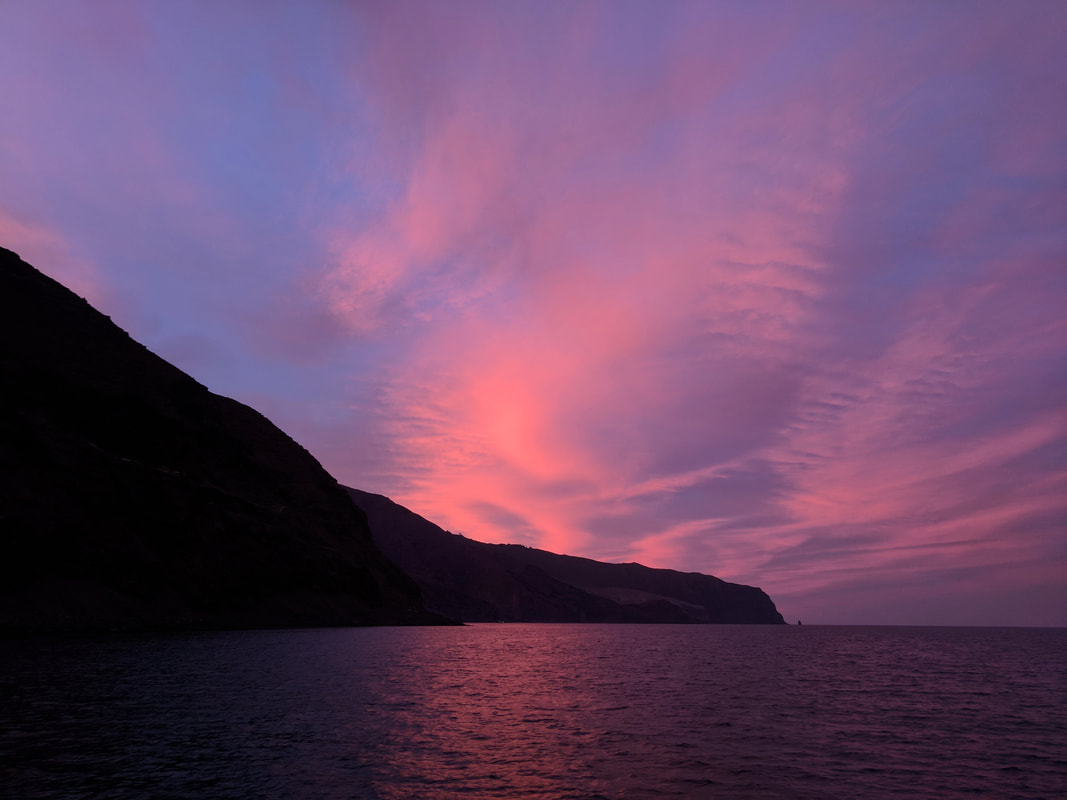
 RSS Feed
RSS Feed